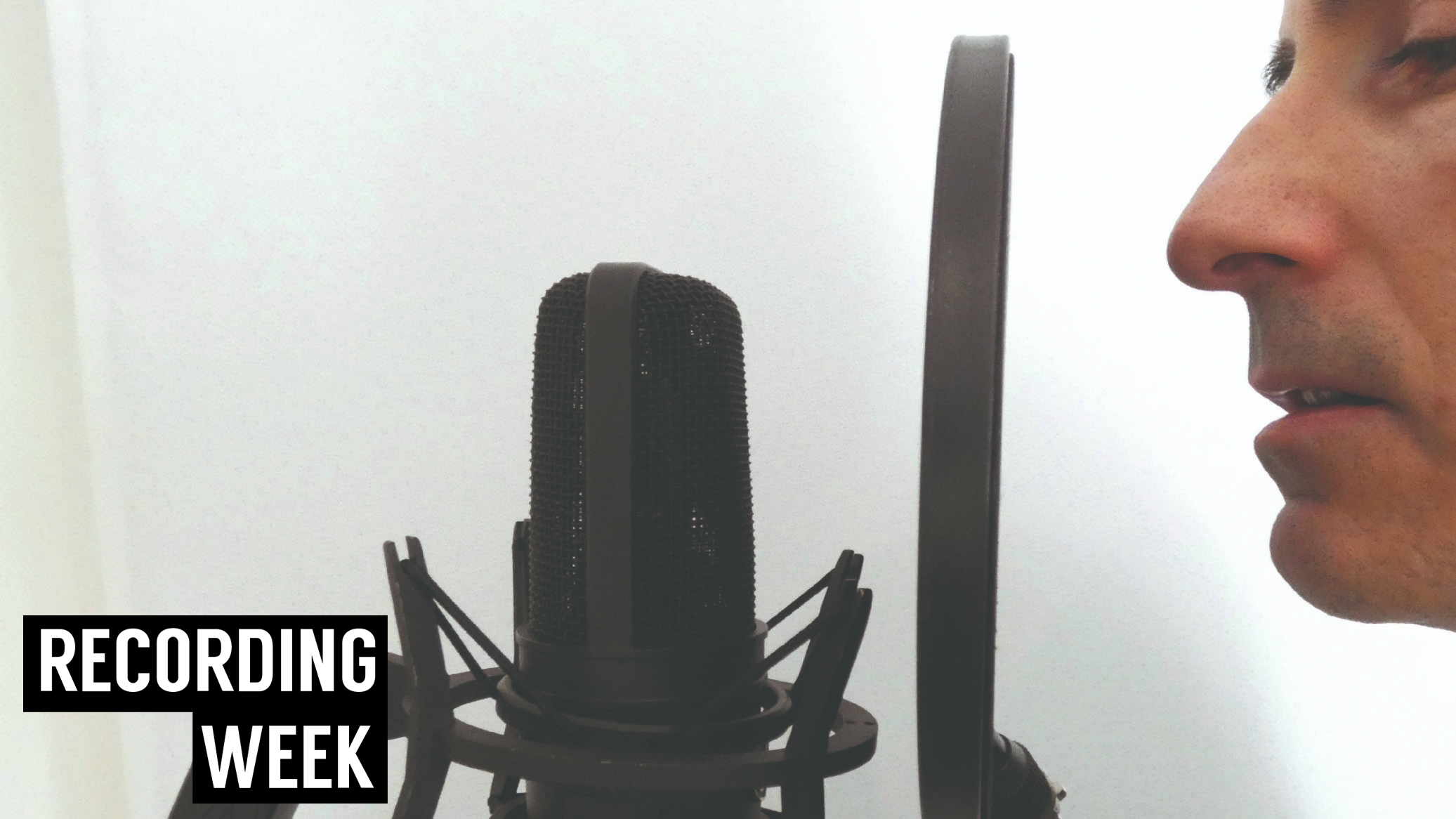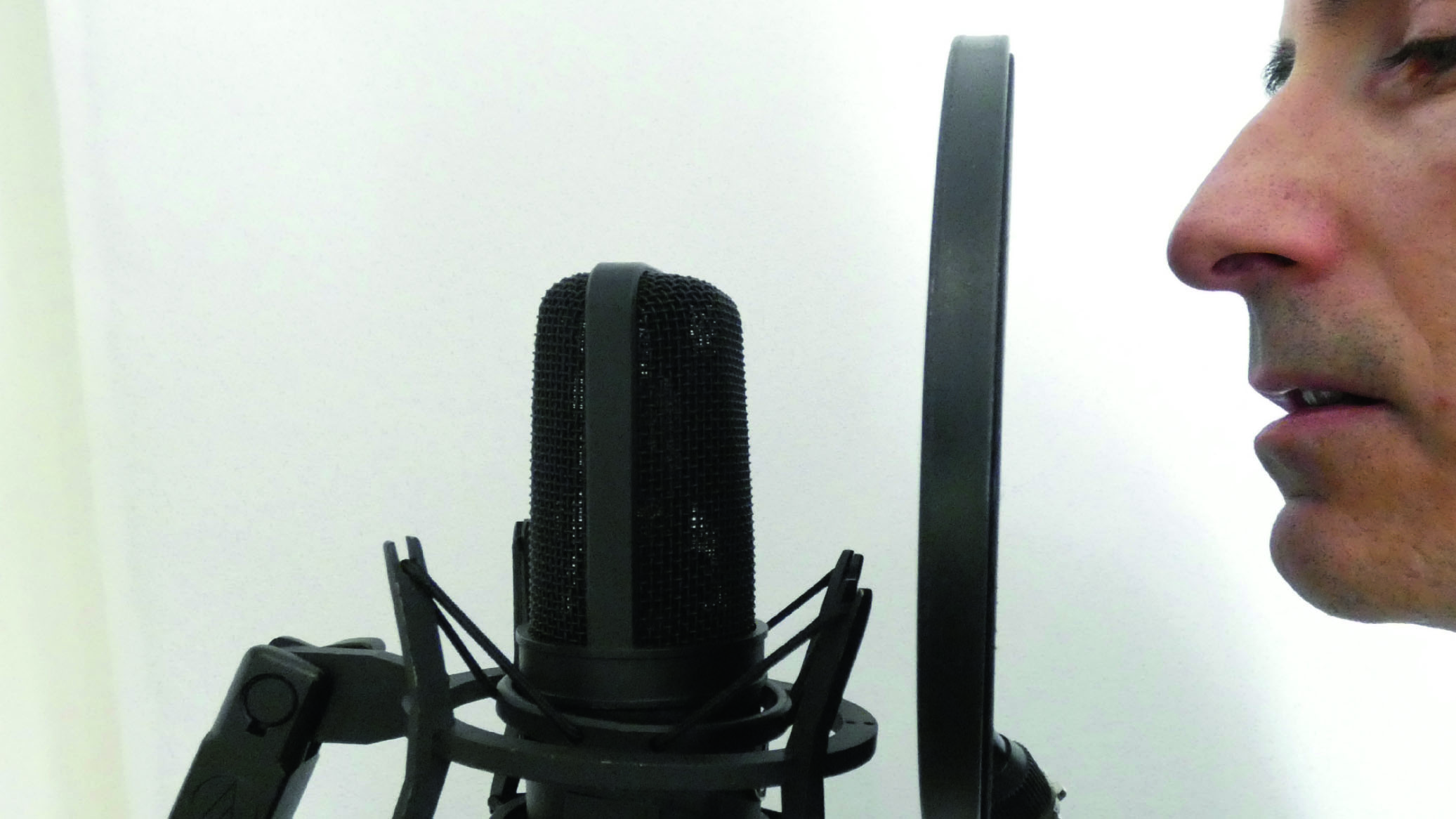How to record vocals
Follow these three steps to get a good vocal recording every time

RECORDING WEEK: The human voice is incredibly dynamic, and singers who have been trained to project their voices can actually be quite a challenge to record. It’s entirely possible for a loud singer to overload the mic capsule – particularly if it’s a condenser – so don’t be afraid to use your vocal mic’s level pad if available, and back the mic away from the singer.
At the other end of the spectrum, intimate close miked vocals can also cause problems, with plosives, proximity and sibilance all becoming more dominant. To save hassle later, use a foam wind protector and pop shield.
That being said, if you follow these three steps you should get a good vocal recording every time.
• Recording Week is brought to you in association with Universal Audio

Step 1: The most reliable option for vocals is a cardioid condenser, with large capsule designs usually having the frequency response required for good results. Set the mic up about 20cm from the singer’s mouth, pointing the on axis side at them (usually indicated by a logo or polar pattern label). If the mic has a low-cut filter, activate it to reduce floor rumble.

Step 2: You should be able to see the capsule through the grille. Position the mic so that they’re singing into the capsule diaphragm, not the body. At about 20cm you should get a nice intimate sound and some extra low frequencies from the proximity effect. Put a pop shield equidistant between mic and mouth to reduce plosives.

Step 3: A decent headphone mix will have a huge impact on your singer’s performance. In your monitor mix, focus on including a reliable pitch reference such as piano, and a clear rhythmic reference. Make sure they can hear themselves at an appropriate level – too quiet and they’ll oversing; too loud and they’ll undersing.
Want all the hottest music and gear news, reviews, deals, features and more, direct to your inbox? Sign up here.
Computer Music magazine is the world’s best selling publication dedicated solely to making great music with your Mac or PC computer. Each issue it brings its lucky readers the best in cutting-edge tutorials, need-to-know, expert software reviews and even all the tools you actually need to make great music today, courtesy of our legendary CM Plugin Suite.
